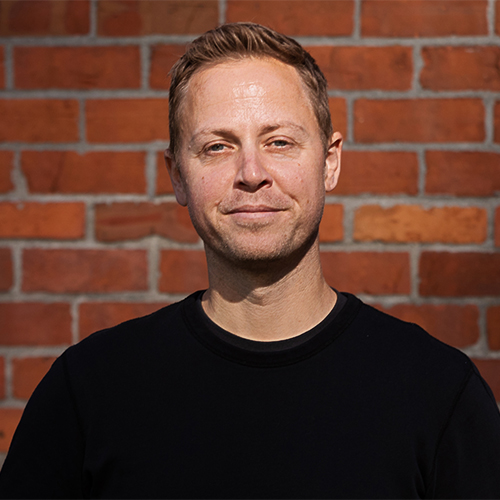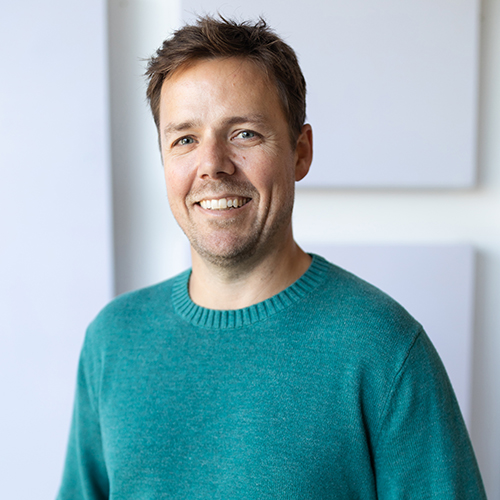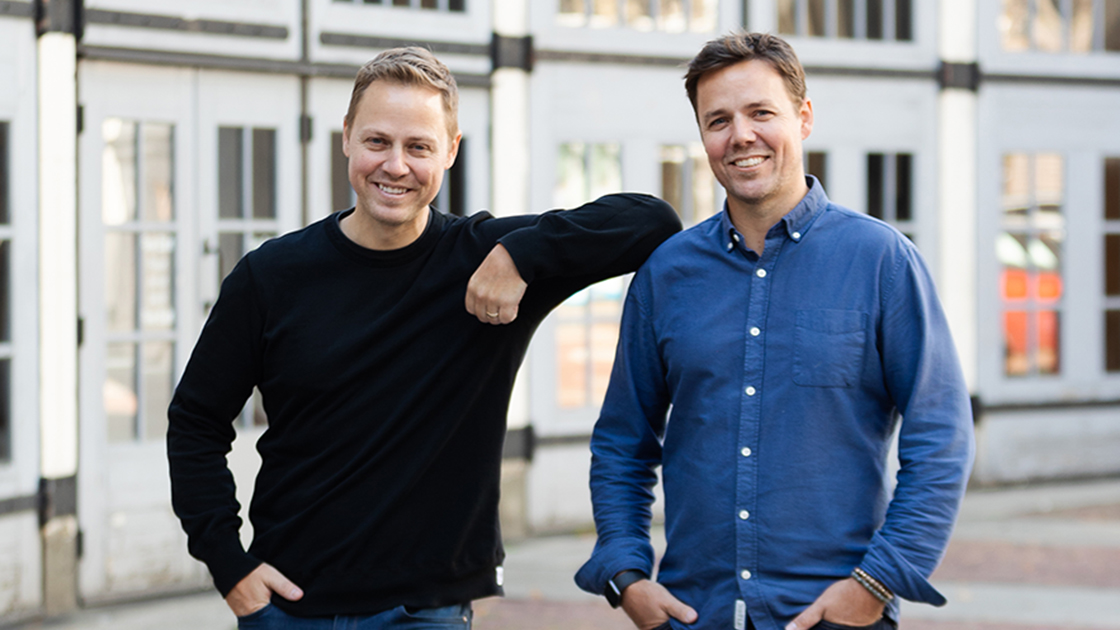Episode 245 – October 15, 2020
Listen On: Apple Podcasts | Spotify | Google Podcasts
Does the global pandemic signal the death knell for global cities like Vancouver? The short answer is that may be the wrong question. The CEO of Remix, Tiffany Chu, sits down with Adam & Matt to discuss why the death of the city has been greatly exaggerated and instead outlines a decidedly positive take on the impact of Covid-19: the rise of the neighbourhood centre. The re-focus on neighbourhoods, with “slow streets,” “streateries,” and bike and pedestrian networks has supercharged the somewhat stalled desire for change among planners looking to make urban spaces more livable and resilient. The future is here if you know how to look!
Listen to Episode
Guest Information

Tiffany Chu
Tiffany Chu is a designer, planner and the CEO & co-founder of Remix. She and her team work with 325+ cities around the world to plan their mobility future. She has been named in Forbes’ 30 Under 30, LinkedIn’s Next Wave of Leaders Under 35, Curbed’s Young Guns, and has spoken at SXSW, Helsinki Design Week, the New York Times Cities for Tomorrow Conference and more. Tiffany serves as a commissioner of the San Francisco Department of the Environment, and sits on the city’s Congestion Pricing Policy Advisory Committee. Previously, Tiffany was a fellow at Code for America, the first UX hire at Zipcar, and is an alum of Y Combinator. Tiffany has a background in architecture and urban planning from MIT.
Episode Summary
Tell us about yourself.
I am a designer and planner by training. I grew up in New York and New Jersey; my parents are immigrants from Taiwan. I would describe myself as a civic nerd. I spend my time thinking about how to make our cities more liveable. I started Remix about six years ago and our mission is to build more liveable cities and to help achieve greater equity by expanding access within the world.
Were cities in a good place before the pandemic? What were the challenges pre-pandemic?
Cities were on the upswing, pre-covid. Lots of people were moving from rural/suburban areas to city centres for jobs and opportunities. The obvious challenge as you start to put more people in a finite amount of space is negotiations around who gets what space and how that is prioritized. Income inequality is very stark in San Francisco. Lower income people began to get pushed out which has led to a big change in the population of the Bay Area.
What was San Francisco doing to address those challenges pre-covid?
San Francisco has had a sustainability and equity plan as part of many of their projects. Equity is a big priority now. But that is in response to when infrastructure was being built in the 60’s, and equity was the last consideration. Our public transit system, BART, was built purposefully to tear through low income areas. And a lot of cities are needing to grapple with that now.
In your article in Forbes, “Covid-19 Is Not The ‘Death Of The City’ – It’s The Rise Of The Neighborhood Center” you bring up the 15 minute city. Can you tell us more about that?
This concept of a 15 minute city is poetic and aspirational. It was coined by the mayor of Paris. She wanted to redistribute the city into a cluster of neighbourhoods where Parisians have everything they need within a 15 minute walk or bike from their home. This idea took the urban planning community by storm. A mayor in a major city proposing things like making roads car-free or turning intersections into pedestrian areas was huge. It’s a really aspirational concept but also very practical. Everyone can see how this would change their everyday life.
Can you explain how what you see going on right now with Covid-19 ties into the 15 minute city?
There has been a lot of press around the death of the city because we’re seeing a lot of deserted downtown cores. And that’s because of the shift to teleworking, for those privileged enough to be employed and able to work from home. So people think the city is dying, but that’s not the case. If you shift your outlook to not just the downtown core but the neighbourhoods – residential and retail – you’re seeing a much higher rate of activity. You see people getting coffee within walking distance from their house instead of at the cafe downtown.
This increased focus on neighbourhoods gives cities the chance to plan for a different travel pattern. So non-peak commuters, typically shift workers or parents taking their kids to school, are now the norm because everyone is a non-peak commuter.
Covid has created patterns people never thought about when it comes to moving around a city. Can you tell us about the research out of Sweden?
Research in Sweden examined snow plow route prioritization and its effects on gender. Plowing typically starts with major roads and then moves to small neighbourhood streets. Because men typically commuted using the major roads and women were typically on the smaller streets with children/families, women were disproportionately harmed. There was an increase in women who were injured as a result. When researchers discovered this, they reversed snow plow prioritization and the number of injuries and hospitalizations for women dropped.
Keep your finger on the pulse of Vancouver’s real estate market with our Live Wire email newsletter.
How has the rise of the neighbourhood and Covid-19 impacted transportation in San Francisco and what are some of the challenges?
There are clear ridership patterns we’ve seen emerge. We’ve noticed that ridership for transit has shifted; it’s now mostly essential workers who have no other option for getting to work. There’s also a shift to local routes serving neighbourhood centres rather than the financial district downtown. A lot of routes are being changed to account for these new ridership patterns.
Do you see these changes strengthening municipalities? Will we see stronger satellite communities?
That could be one outcome. The change we’ve noticed is that not every single bus route needs to go downtown anymore. Prior to Covid, that would be the most bang for your buck. Now, the shift is looking at how to connect neighbourhood centres to each other, without needing to go downtown. Could we connect them more directly?
What we’ve noticed with Remix’ work with Vancouver’s Translink Rapid Bus System, is greater demand for a route that makes fewer stops. So we need to help cities decide how to better serve these neighbourhood centres, with things like Rapid Bus Systems in the right areas.
Do you think these patterns will stick around long-term?
I have been heartened by the amount of investment Canada has put into active transportation and Covid response projects. So I hope this is more than a temporary trend. We’ve worked with Kelowna and Surrey to help them plan out safer streets and active transportation. There are lots of grants being put to use to support these infrastructure projects. So it’s not just modes in a vacuum but transportation networks that are sustainable.
How does this infrastructure contribute to the resiliency of cities?
Transportation funding is so crucial and so political because it is the backbone of how our urban centres function.
The concept of a resilient city is so intertwined with people’s ability to get around, adapt and live their best lives. If you can’t get around, you are isolated. And that is not what a liveable city aims to be. A more resilient and sustainable future needs to start with where people are and where they need to get to. Transportation is the most fundamental building block.
10-15 years from now, what changes do you think major cities will maintain from the Covid era? And what changes would you like to see?
I would like to see that our public services, like mobility services, are properly funded with sustainable funding streams. I think it’s important to invest in the most vulnerable users of our public service. People who can’t afford access – what can we do for them? Mobility should not be something you get because you live in a high-income neighbourhood; it should be a right.
I would love to see cities emerge improved by Covid by investing in folks who have continued to stay in the city. There are many people who are still living in cities and are choosing to do so because they have lived here for decades, have essential jobs, etc. The ability for a select few elite folks who have the means to move to a new place is skewing the narrative around “dead cities.”
Keep your finger on the pulse of Vancouver’s real estate market with our Live Wire email newsletter.
Episode Host

Adam Scalena
Adam is a full-service realtor, specializing in Vancouver’s best areas. His systematic approach to real estate and dedication to his clients has consistently placed him within the top 10% of realtors operating within Greater Vancouver.

Matt Scalena
Matt is real estate obsessed and considers himself a lifelong student of the Vancouver real estate market. As a co-manager of the Scalena Real Estate team, Matt prides himself on expertly advising buyers and sellers on all aspects of the fast-paced, dynamic Vancouver real estate market. He is present at every stage of the process, from that first phone call or email right through to when keys are exchanged between sellers and buyers.







